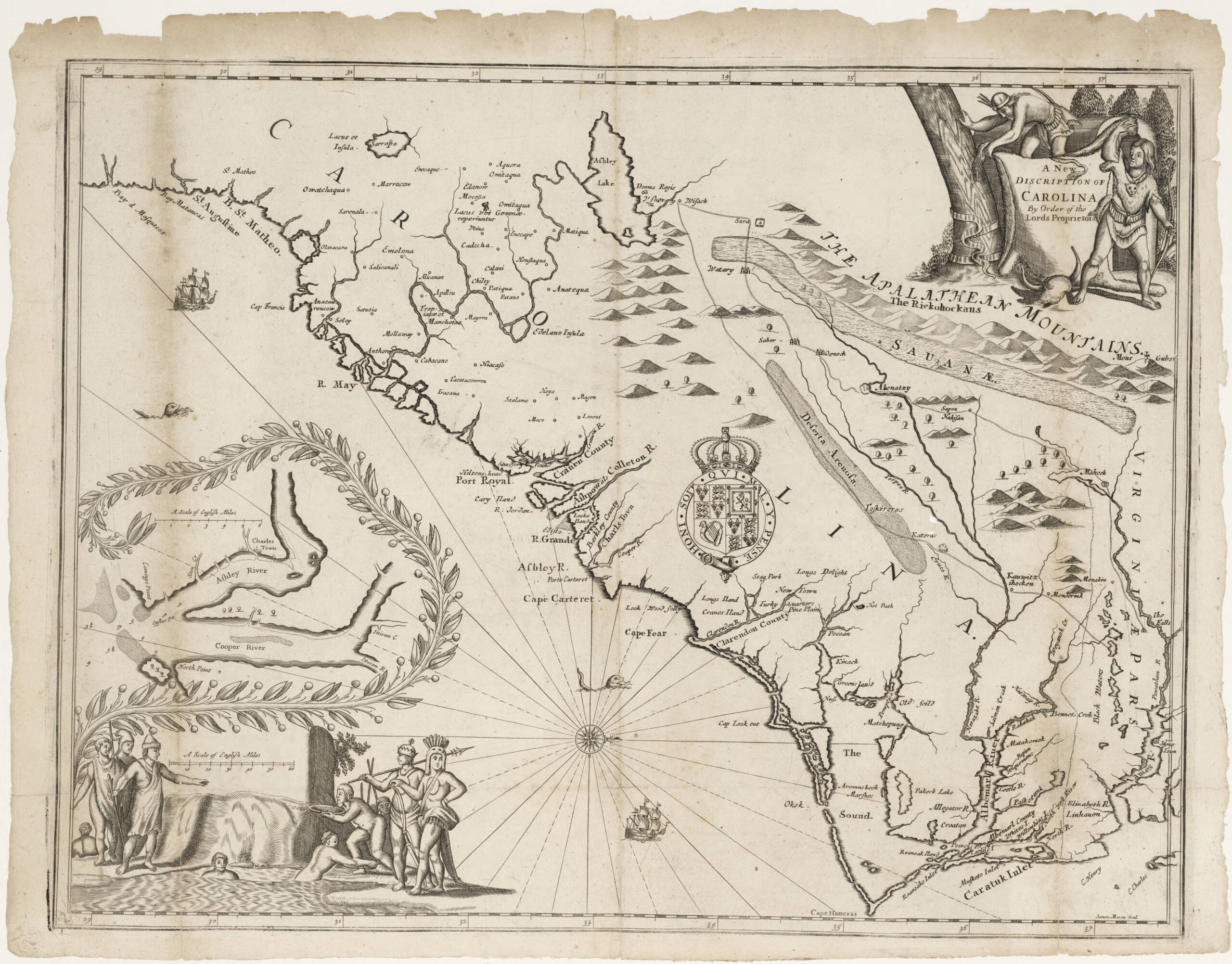Fun fact I leaarned that Juan Browne’s channel. blancolirio was actually his [Spanish] wife’s youtube channel which he borrowed when he began citizen journalist reporting of the Oroville Dam catastrophe. Popularity ensued and it became kind of difficult to jump after that.
I listened to his ATC audio of the Midway runway incursion this morning and have some observations. The Flex crew did right by getting clarification on initial taxi clearance before they even started moving at the FBO. Contributing to their initial confusion: the taxi instruction began with a new departure frequency. This is not unusual but the controller should have waited for a readback on the new freq and THEN proceeded with the taxi clearance. Contributing to the fluster, the controller asked them what taxiway they were going to exit the ramp to. The pilots weren’t prepared for that question to give an immediate answer. So train of thought disrupted they got their first set of taxi instructions jumbled. Off on the wrong foot so to speak. When they got the clearance the SIC misspoke reading back 13 instead of 31 which the controller caught and correctly restated so that it was crystal clear.
Dyslexia with runway numbers happens more frequently than one might think — symptomatic of not enough sleep or caffeine.
The SIC however, read that final clearance back abbreviated saying “cross 31L and hold short“. Technically he should have read back the name of the rwy he was to hold short of but the controller let that go. This speaks to a busy ATC system.
I can address how we were trained to handle taxi instructions. It begins with a briefing before calling ground control. The briefing is a deliberate part of a before engine start flow. The SIC gets the ATIS and ATC route clearance and loads the [FMS] box. During the subsequent briefing this info is exchanged and discussed. Besides local Wx, the ATIS provides the landing and departing rwys. So you can see that before the pax show up the crew can pre-brief their location relative to their departure rwy and pre-view possible taxi routes. That way when the real taxi clearance does come it’s not out of the blue. Finally, when it’s time for the SIC to call ground he would have pen and paper at hand too transcribe the taxi clearance as it is verbalized to him. At the end of the transmission the SIC reads the clearance back to the controller from what he wrote down. Before the PIC starts movement both pilots can be heads down as necessary to confirm what they both heard. They both can briefly look at the chart and make sure the clearance makes sense and is clear. While taxiing, the PIC is “eyes outside” and navigating and it’s upon him not to deviate. The SIC should be monitoring and maintaining situational awareness.
A good PIC will actually parrot a revised taxi instruction to the SIC so that the SIC has confidence that the PIC (who is steering) is in the loop. ATC does revise clearances on the fly so if at any point the PIC is unsure of himself, and the SIC isn’t sure, he stops the aircraft until resolution with ATC. In a busy environment this may just irritate ATC, but the pilots know that once they’ve acknowledged a clearance, they own it and deviating from it is a bust.
When crossing ANY runway, active and inactive, both pilots are to look out their respective side windows and SEE that nobody is coming.
It would be of interest to know where the sun was in relation to the SWA and the eyes of the SIC. It’s possible for that time of day for the SWA to be coming out of the sun. Answer: https://grok.com/share/bGVnYWN5_acce359e-a637-4377-bcff-2d5136c20b4e
This too is verbalized with SIC saying “clear right” and the PIC “clear left – clear to cross”. (Exact phrases are monumented in company procedures verbatim) Additionally, all external lights are switched on prior to the crossing and then reconfigured after crossing. I don’t know if Flex has procedures or if they were followed but they worked fairly well for us. Statistical data shows runway incursion as a common human error point and all of these routines have been put in place to mitigate.
The Go-Around
Quite the impressive quick reaction and execution by the SWA crew! Analyzing the event Juan Browne claimed that the SWA crew initiated the Go-around on their own and that part is true. ATC did not issue that directive per se. Looking at the timing in the replay from the security camera, the SWA was definitely spring loaded. But it couldn’t have been certain what Flex was about to do…
The part we didn’t get to hear (nor did the Flex crew) was ATC keying up on ground frequency last instant, to tell Flex to STOP! Since a 3rd aircraft was concurrently transmitting on ground, (VHF radio is Simplex) that crucial last effort call to stave Flex was blocked. You can tell somebody walked on the transmission because to the receiving aircraft the sound is garbled.
But simultaneously, ATC also transmitted “Flexjet STOP!” (or words to that effect) on the tower frequency which was clear channel and that’s all that SWA needed to hear. Off they flew and good on them. SWA was faultless in this obviously and ATC can’t be blamed as they were mostly by the book. Pilots and controllers both are tying to expedite commerce in limited airspace that is too busy. Human errors are to be expected but within a task saturated outmoded legacy system trouble comes.
Proceed at a Professional Pace
Disclaimer



















